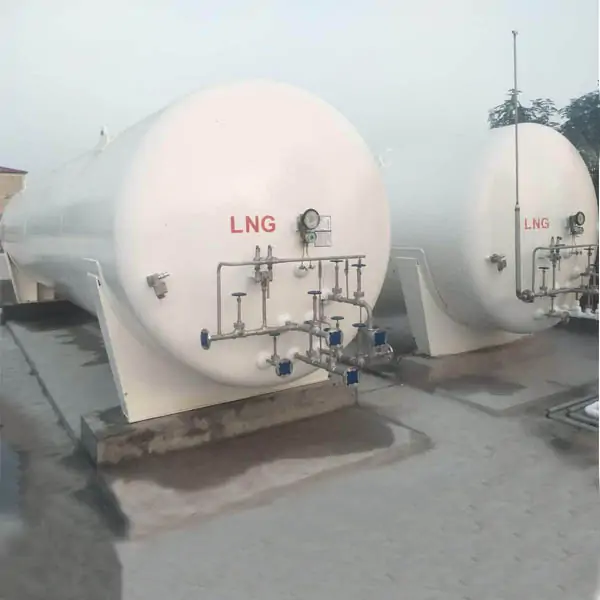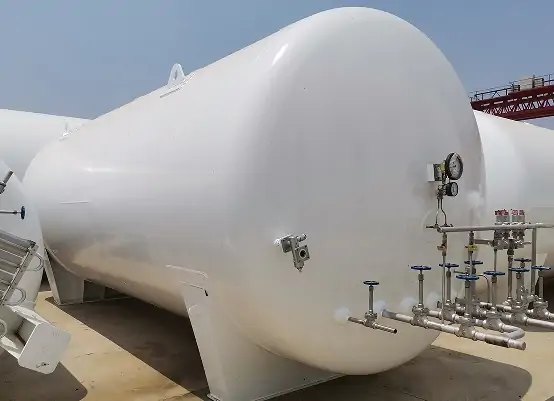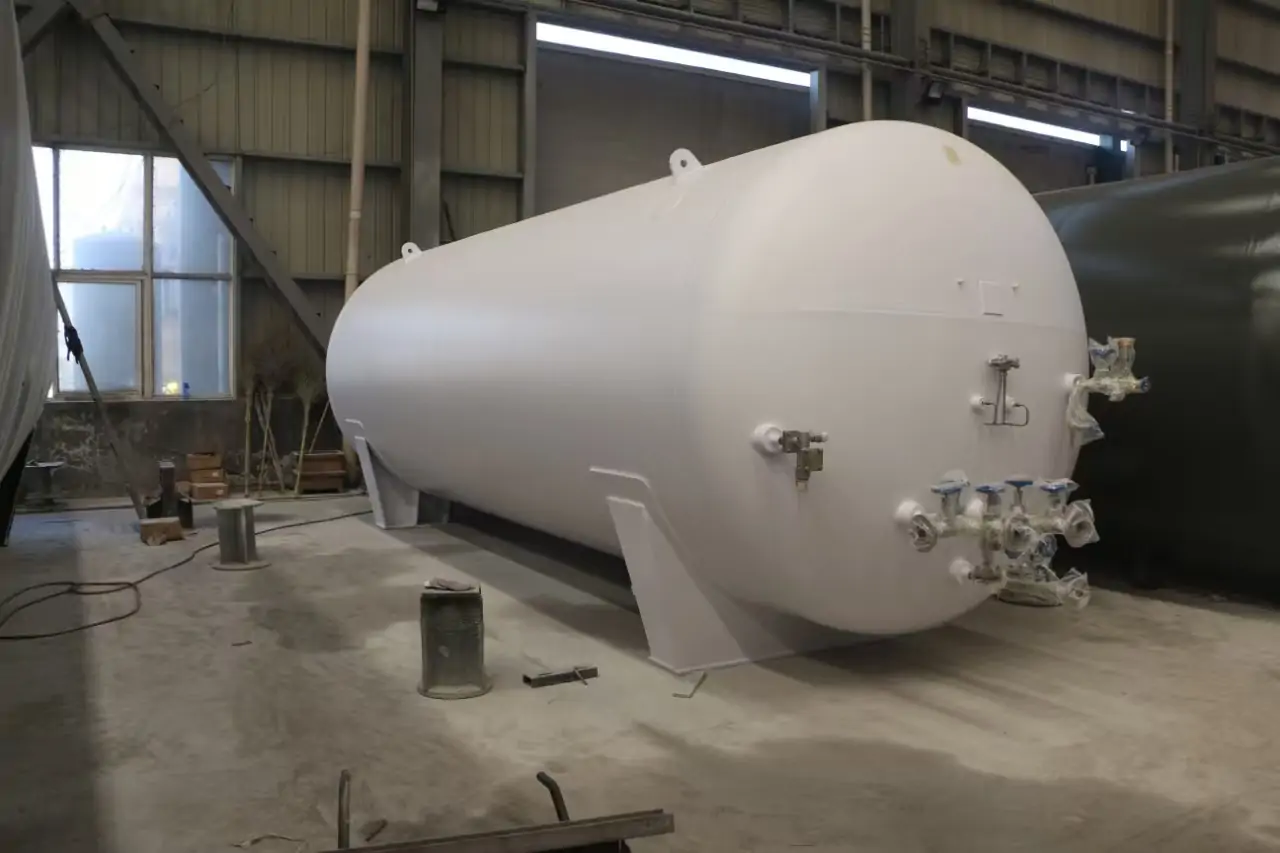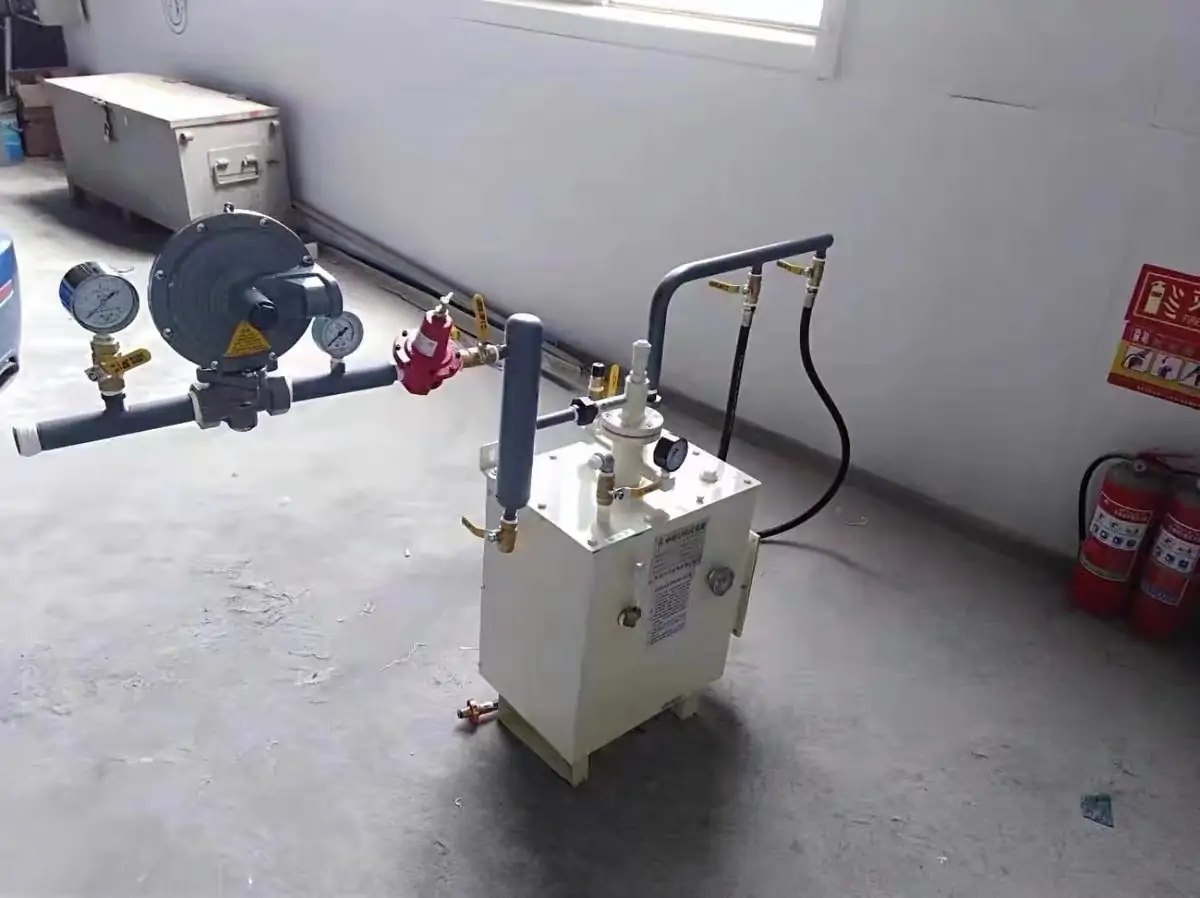Basic introduction to LNG storage tanks
Since LNG storage tanks need to maintain extremely low temperatures, efficient insulation materials are considered during design to reduce heat transfer and evaporation losses.
Since LNG storage tanks need to maintain extremely low temperatures, efficient insulation materials are considered during design to reduce heat transfer and evaporation losses.
LNG storage tanks must have multiple safety designs, including pressure relief devices, emergency shut-off systems, and leak detection systems to ensure that problems can be handled quickly in abnormal situations.
There are different types of LNG storage tanks, including above-ground tanks, underground tanks, and floating tanks, each of which is suitable for different scenarios and needs.
LNG storage tanks are widely used in the production, transportation, and distribution systems of liquefied natural gas. They are not only used in natural gas liquefaction plants, receiving terminals, and gas stations, but may also be used in storage and supply systems.



































































































































